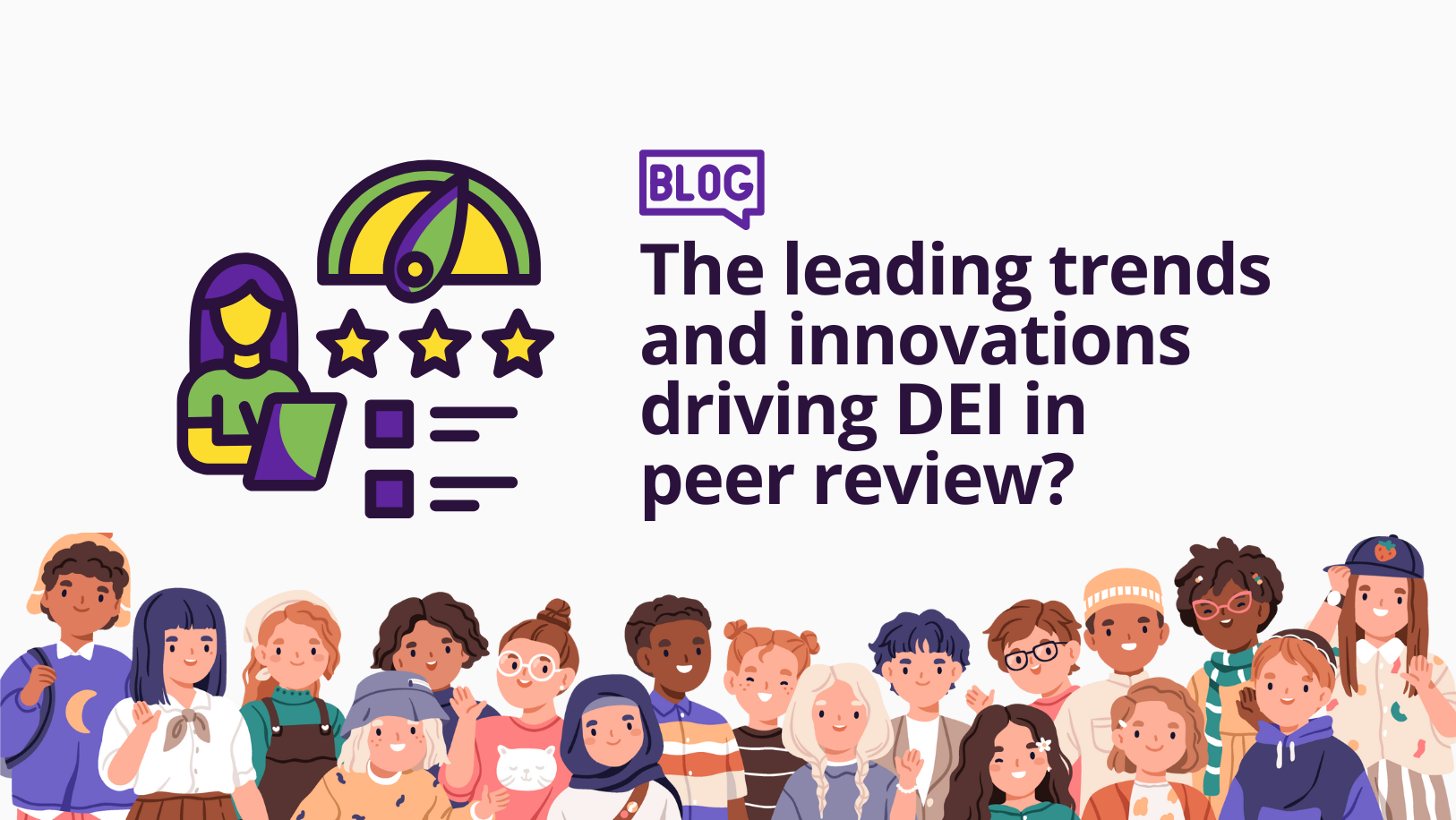As the world grows increasingly interconnected, the need for Diversity, Equity, and Inclusion (DEI) in scholarly publishing and peer review becomes ever more evident. To ensure that scholarly publications accurately reflect the diverse opinions and perspectives in our society, publishers and researchers are stepping up their DEI efforts. This blog examines the trends and innovations shaping the future of DEI in the fields of scholarly publishing and peer review.
Diversifying editorial boards
One of the key trends in scholarly publishing is the growing recognition that a diverse presence on editorial boards and peer review teams is crucial to ensuring that journals reflect a myriad of ideas and voices. OASPA, an organization that promotes open-access scholarly publications, highlights that editorial board diversity enhances representation and ensures published work aligns with the community it serves.. For example, publishers like Springer Nature have developed diversity and inclusion policies with measurable targets for representing underrepresented groups, including women, people of color, and individuals with disabilities.
Leveraging technology to combat bias
Another DEI trend in peer review is using technology to improve the process. For example, some publishers use artificial intelligence (AI) to identify potential biases in the peer review process. According to an article in Research Information, tools driven by AI-driven tools can pinpoint potential biases in reviewer selection and enhance the clarity of decision-making procedures. It helps to ensure that reviewer selection is based on expertise rather than background or any other aspects. This can greatly help reduce bias in the review process, making it more equitable and transparent.
Promoting inclusivity in content
In addition to addressing diversity and bias issues in the peer review process, some publishers are also taking steps to promote inclusivity in the content. For example, SAGE Publishing has developed a set of guidelines for authors that encourage the use of inclusive language and images. According to SAGE,
these guidelines aim to promote a scientific community that is more inclusive, ensuring that all individuals feel embraced and appreciated.
Innovations in peer review systems
There are innovations in peer review as well, helping to overcome the limitations of traditional review systems. For example, in 2006, Nature carried out an OPR trial over four months to ascertain how authors felt about the system. In surveys conducted during the trial period, 74% of authors said they thought the process helped to improve their paper. By allowing reviewers to see and interact with each other's comments, Open Peer Review helps ensure that all perspectives are considered.
Overcoming challenges
The implementation of the DEI is not without challenges. Resistance to change remains a significant hurdle, particularly among researchers accustomed to traditional review process. In addition, it can be difficult to ensure diverse representation on editorial boards and peer review teams, when certain fields are dominated by certain demographics.
The benefits of DEI in peer review
The advantages of embracing DEI are clear. A diverse and inclusive approach enhances the quality and impact of research by incorporating varied perspectives and experiences. Furthermore, fostering inclusivity helps address systemic biases and inequalities, creating a more equitable scientific community.
In conclusion, the future of his peer-reviewed DEI looks bright. A growing awareness of the importance of diverse representation and the use of technology to improve processes can create a more inclusive and equitable scientific community.
References
- Reaching further 'promote equity': https://www.researchinformation.info/interview/reaching-further-promote-equity/
- Malicious mislabeling at the expense of embracing DEI: https://www.researchinformation.info/analysis-opinion/malicious-mislabeling-expense-embracing-dei
- Cross-pollination enables hybrid event to bloom: https://www.researchinformation.info/analysis-opinion/cross-pollination-enables-hybrid-event-bloom









.png)

.svg)
.svg)
.svg)










